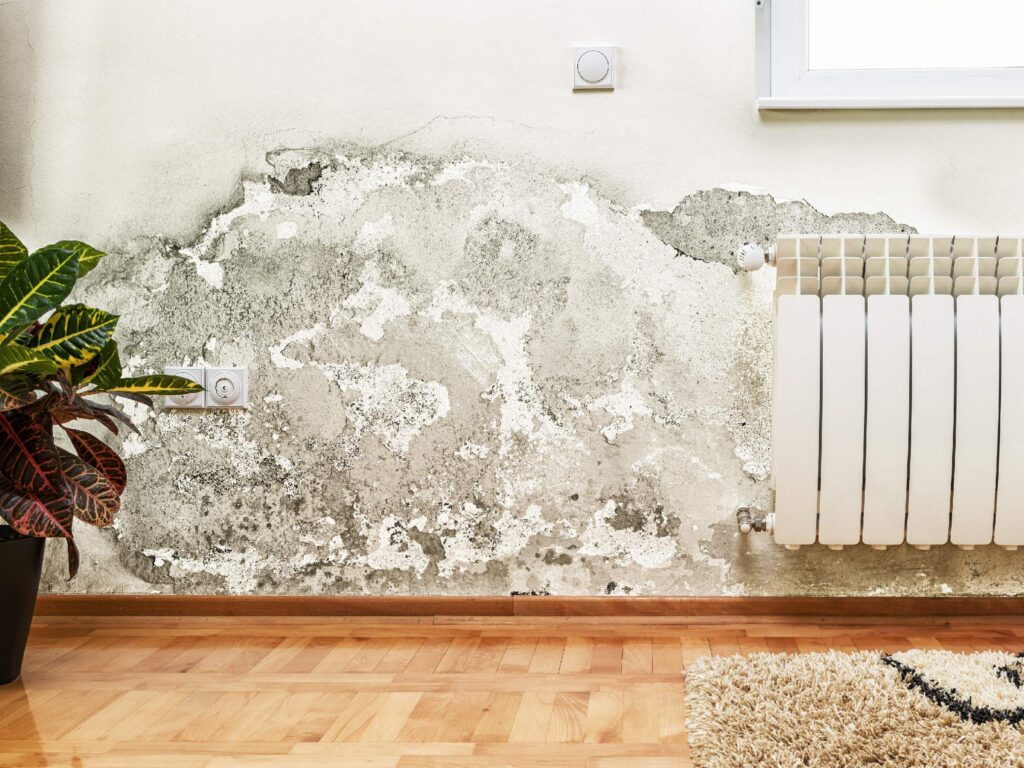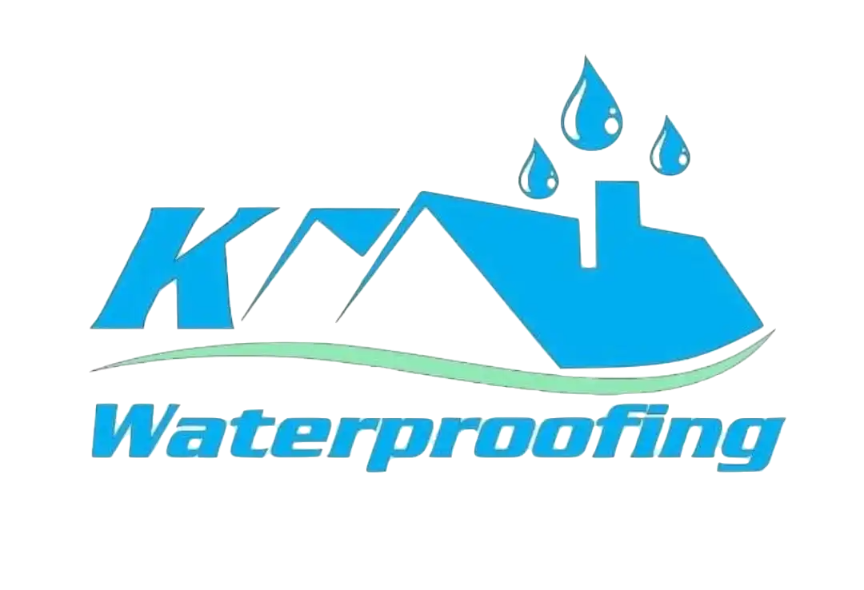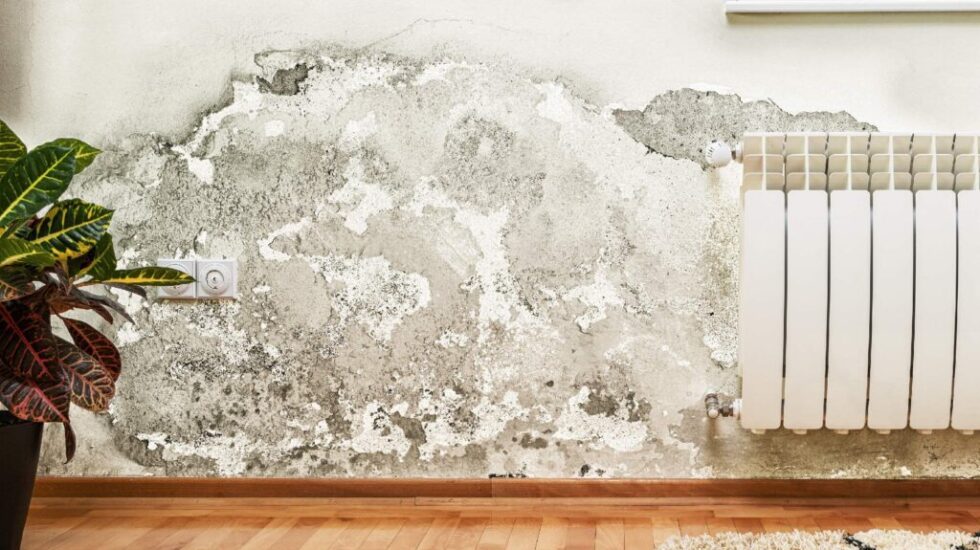Send Us mail
Fixera offers full range of Handyman services for all household & industry

Rising Damp Specialists
Rising damp is the gradual upward movement of moisture from the ground into the lower sections of walls and ground-supported structures, caused by capillary action. Though it can reach up to 5 meters, the moisture usually rises no higher than 1.5 meters.
In simple terms, rising damp occurs when groundwater is absorbed by porous building materials like brick, sandstone, or mortar, similar to how a lamp wick draws up oil. You can observe this effect by placing a piece of brick or mortar in a shallow tray of water and watching as the water rises above the waterline.
A key sign of rising damp is a “tide mark” along the lower walls, created by the buildup of soluble salts—primarily nitrates and chlorides—from the groundwater. As moisture evaporates, these salts accumulate at the highest point of the damp.
Rising damp also makes the affected plaster hydroscopic, attracting more moisture due to salt contamination. Besides treating the source, it’s essential to remove the contaminated plaster and replace it with a salt-inhibiting render to prevent future issues.
Rising damp in historical buildings is particularly challenging needing specialized treatment as the substrate is vastly different from that of modern homes.
In modern homes, a new chemical damp course can be installed by injecting a specialized chemical into the base of the wall, as seen with products like Dryzone. This solution is particularly effective where the original malthoid damp course (DPC) has deteriorated, was improperly installed, or has been compromised—often the case with added structures, like stoeps or garages, incorporated later into the main home.
In historical buildings, however, where bricks are bonded with materials like clay, lime, stone, shells, or straw, the treatment requires a more technically complex approach. Our team specializes in addressing these unique challenges, ensuring preservation while effectively controlling rising damp.

